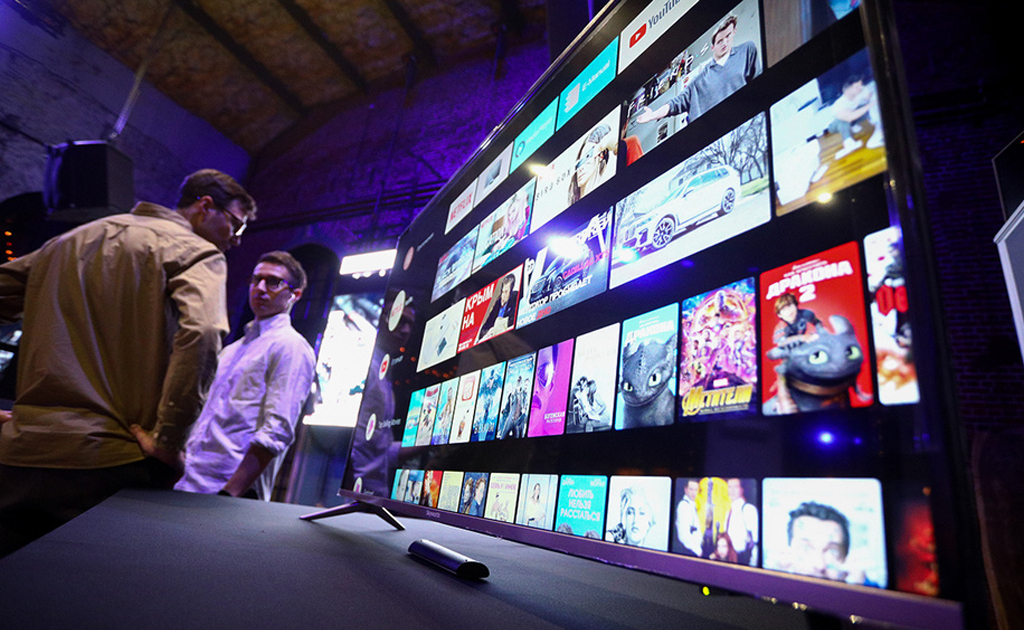How does artificial intelligence know in advance which movie or series you will like?
You know that artificial intelligence can predict user behavior. To a large extent, the selection of films and TV series is determined by AI, the recommendation systems of modern online cinemas work on the basis of a neural network. Briefly about AI
Briefly about artificial intelligence
Artificial intelligence (AI) is a system that can imitate human behavior to perform certain tasks and gradually learn based on the received data. When it comes to artificial intelligence, most people imagine a humanoid machine secretly preparing to assert its superiority over the world. But in reality, AI can augment our ability to analyze data and make predictions, but it will by no means replace humans. Because today’s existing systems can be used in a very narrow range of areas.
We encounter artificial intelligence every day. We communicate with chatbots and voice assistants, create routes based on traffic, use the face unlock function on a smartphone, and translate online texts into other languages. Artificial intelligence is capable of processing large amounts of data, so it is used in various areas of human life.
How does the online cinema recommendation system work?
Most users use online cinema not to watch a specific movie or TV series, but to “just watch something”. Therefore, any modern video service is not just a content library with a search function.
The user is offered a movie or series that interests him and helps him to continue using the service. What exactly is shown to viewers on pages is determined by a recommendation system.
Artificial intelligence gradually adapts the growing area of the interface and tries to guess the appropriate content for each viewer almost immediately after registration. If the user is new and has little information about their preferences, the system will provide only a small portion of the personal content. Basically, the selections will consist of random categories, popular movies and TV series. Over time, the system gradually learns and adapts to the viewer using the collected data: the more often the service is used, the more suitable recommendations it receives for movies and series.
As a result, depending on the profile of each specific client, the system offers the following in different proportions:
popular movies;
movies and TV series that the customer has watched before;
genre innovations that are not typical for the user (this is done to increase diversity and explore possible benefits of customers who have not yet appeared);
a selection of events (for example, for the New Year or for an important event).
How does this work?
Choosing the right video for each specific audience is done by a multi-level recommendation system. It is based on algorithms that analyze the user and his behavior, as well as the entire video database on the service. Depending on the problem, these can be simple algorithms (for example, popularity in a user segment) and more complex neural network approaches that take into account the different interests of the same person.
For example, if a user watches Korean melodramas, detectives, and zombie movies, the model takes into account that the customer has several different interest groups. Basically, such a user is recommended content in the “drama”, “detective” and “about zombie” clusters. But in reality, we understand that no one watches only three movies and TV shows on a regular basis. Therefore, the algorithms make selections from relevant fields: for example, “Turkish TV series”, “thrillers”, “post-apocalypse movies”, etc.
What data do algorithms take into account?
When it comes to new customers who haven’t seen anything yet, it’s possible to get an idea of their potential interests based on information about their first actions in the app, the purchase channel and the actions in the ecosystem.
After the user starts using the service, his profile is gradually enriched with information about where he clicked, what he searched for, what he looked at and when. Each attribute has its own weight: for example, clicks tell us less about a user’s interests than views, and short views (less than a few minutes) mean much less than large content.
In addition, the model understands what the “duration” of an action is: new actions have a higher weight. Therefore, when the user’s interests change, the recommender system is quickly rebuilt. At the same time, if the user’s interests are new and

